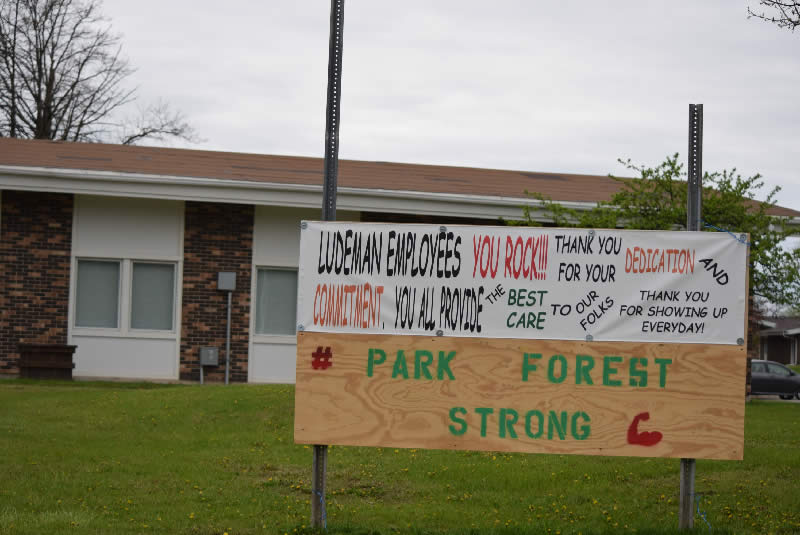Coordinated Strategy, Increased Violence Prevention Investments and Other Key Initiatives Result in Reduction of Shootings Involving Youth
CHICAGO–(ENEWSPF)–January 28, 2014. Mayor Rahm Emanuel, Chicago Police Superintendent Garry McCarthy, and Department of Family and Support Services (DFSS) Commissioner Evelyn Diaz announced today a 40 percent decrease in youth violence through a coordinated effort across City departments, sister agencies and community partners. Over the past two years, the City has increased investment in evidence-based violence prevention programs, strategic policing, and school-based reforms. Combined, this strategy has had a significant impact on youth violence.
“Chicago is making important progress in reducing youth violence across the City and it remains a top priority,” said Mayor Rahm Emanuel. “This progress is possible due to the hard work of not just city and county departments – but every individual and neighborhood organization that fights every day to keep our youth safe. No single part of the system can do this alone and we will not rest until every young person in Chicago feels the same sense of security. We must make every opportunity available to the children of the City of Chicago so they can grow up focused about their studies, not their safety.”
Shooting incidents in 2013 involving victims ages 16 and younger decreased by 40 percent compared to 2012 and fell 35 percent compared to 2011. Compared to 2012, in 2013 citywide shooting incidents involving victims of all ages decreased nearly 25 percent. Shooting incidents this school year involving Chicago Public School (CPS) enrolled students are down 43 percent compared to the same period last school year.
“We will continue to pursue the strategies developed through this coordinated effort,” said Superintendent Garry McCarthy. “Working across departments allows us to address youth violence from every possible angle. While we have seen a decrease in shootings among youth, one shooting is still one too many and we will evaluate where we can improve and grow each program.”
The City of Chicago has addressed youth violence through a multi-disciplinary approach by coordinating the work of CPD, DFSS, CPS, the Chicago Department of Public Health, and the Chicago Park District, as well as with county partners.
The City’s strategy is focused on six key goals:
- Expand mentoring, jobs and other opportunities for youth, including youth at high risk for becoming involved in violence.
- Adopt school-based reforms to reduce violence by reconnecting high-risk youth to school, adopting a restorative approach to student misconduct, and creating safer, calmer school environments.
- Implement strategic policing to swiftly respond to and de-escalate potentially violent conflict among youth.
- Establish strong support services for youth leaving the justice system and returning to their communities.
- Empower communities to play an active role in preventing violence.
- Rigorously evaluate initiatives to inform future program design and investment.
“Having quality job and after school opportunities for young people is our most effective way of keeping them safe and productive,” said Evelyn Diaz, Commissioner of the Department of Family and Support Services. “By continuing to create smart programs that target the right youth, and coordinating efforts across City departments, we will ensure that this year’s drop in youth violence continues well into the future.”
To achieve these goals, Chicago has dramatically increased its investment in programs designed to prevent youth from becoming involved in violence by providing safe alternatives in the past two years. Additionally, the City remains focused on providing a quality education for all students and increasing graduation rates, both of which are critical components of Mayor Emanuel’s comprehensive strategy to reduce youth violence. CPS and CPD coordinated efforts to reconnect high-risk youth to their schools and put them back on a path toward graduation as well as creating safer, more positive learning environments for all students. CPS has moved towards a more holistic approach to safety.
CPD also implemented strategic policing initiatives to focus its resources on the highest-crime locations and the individuals at highest risk of becoming involved in crime. To engage members of the community, the City launched an initiative called “Strong Blocks,” which is designed to empower residents to work together to take back their neighborhoods.
The City continues to evaluate its programs and initiatives as all departments work together to invest in Chicago’s youth to further reduce youth violence.
Source: cityofchicago.org








